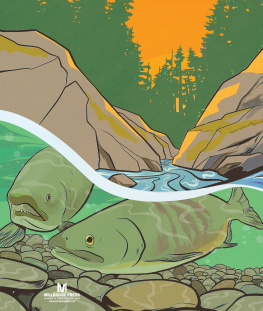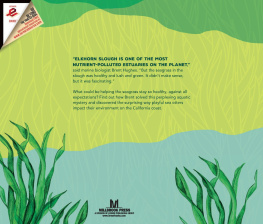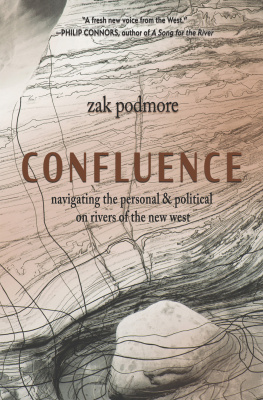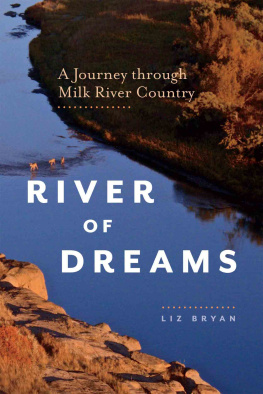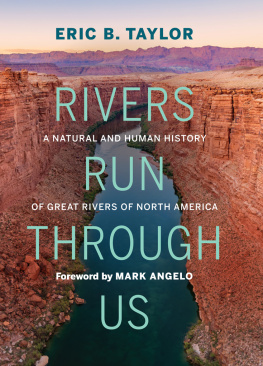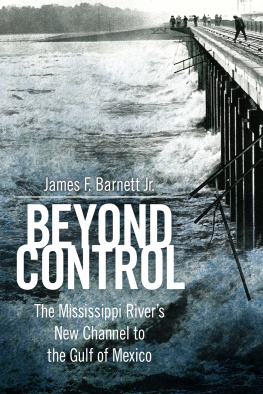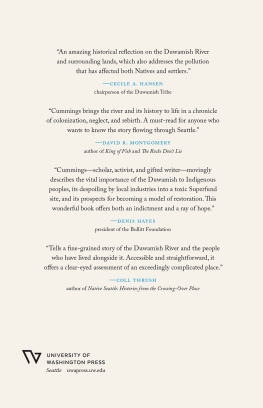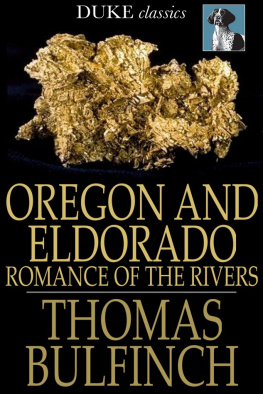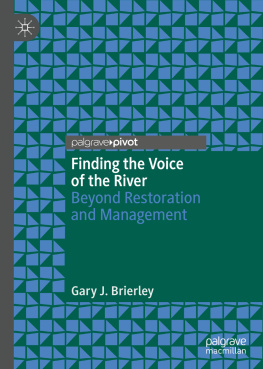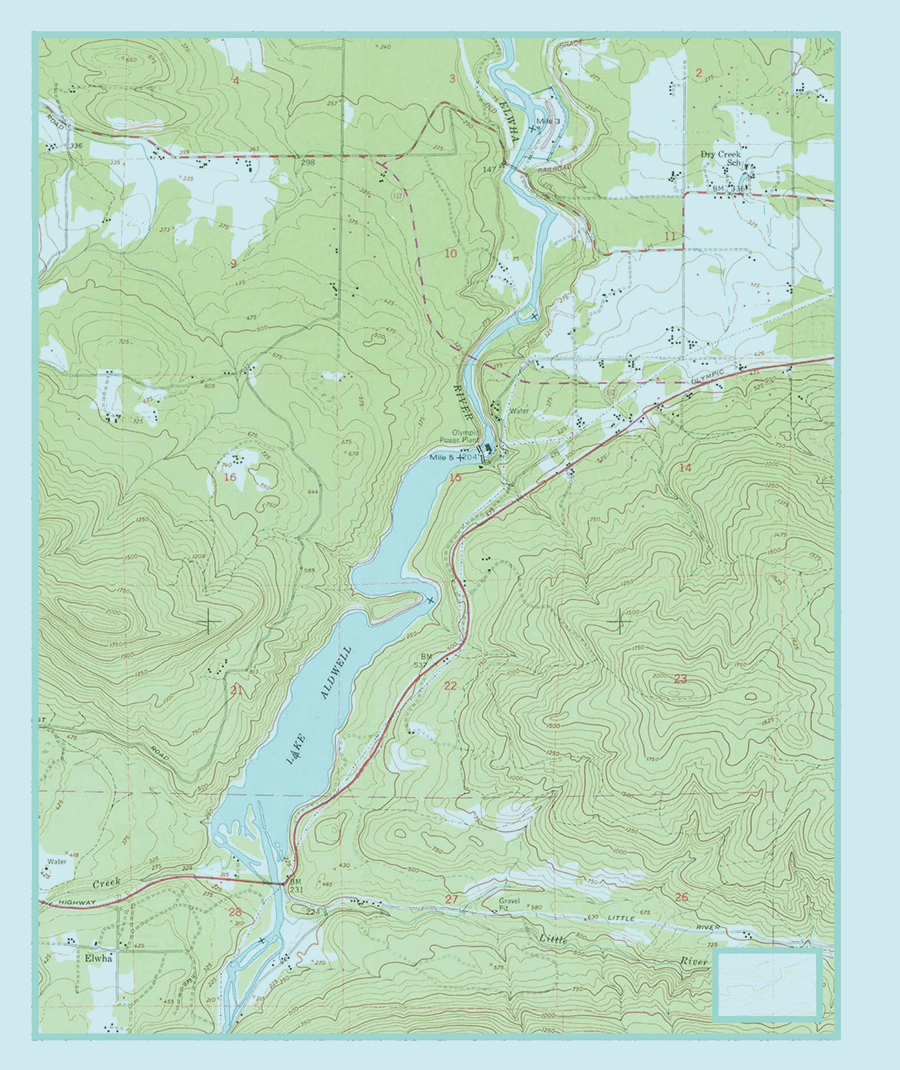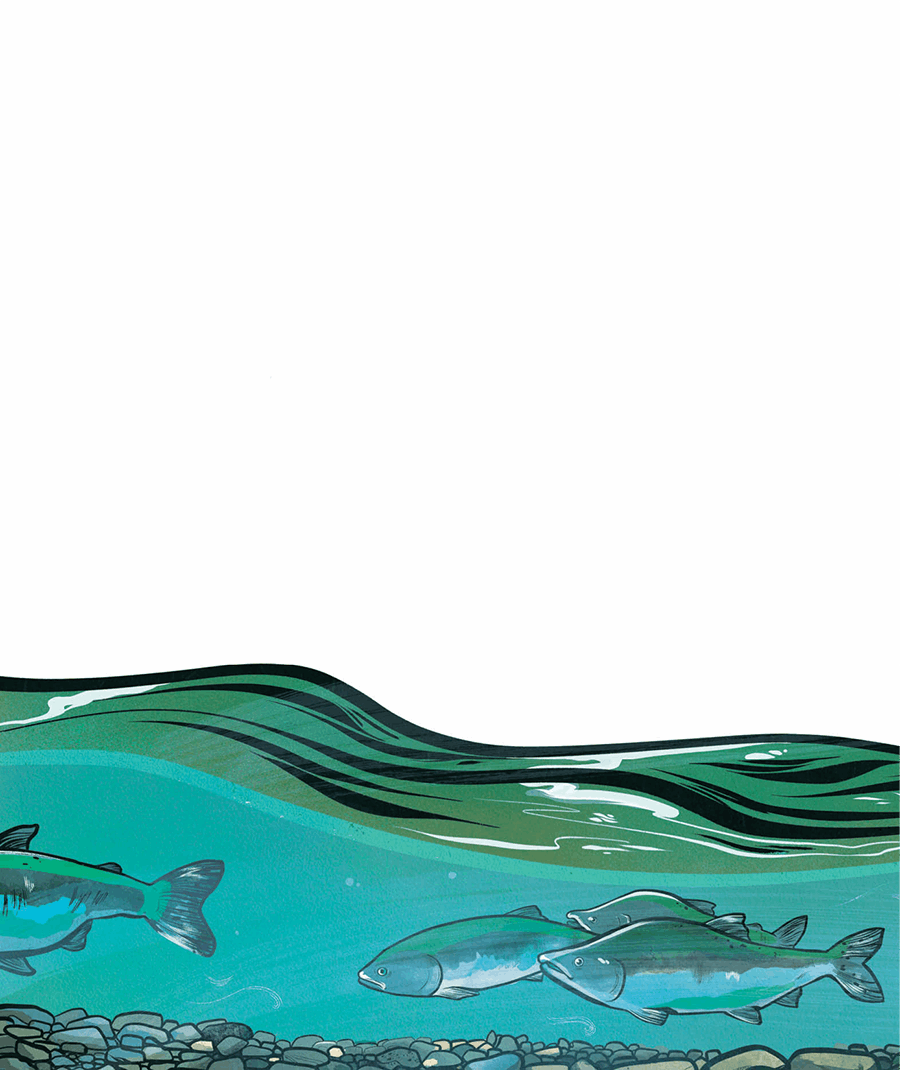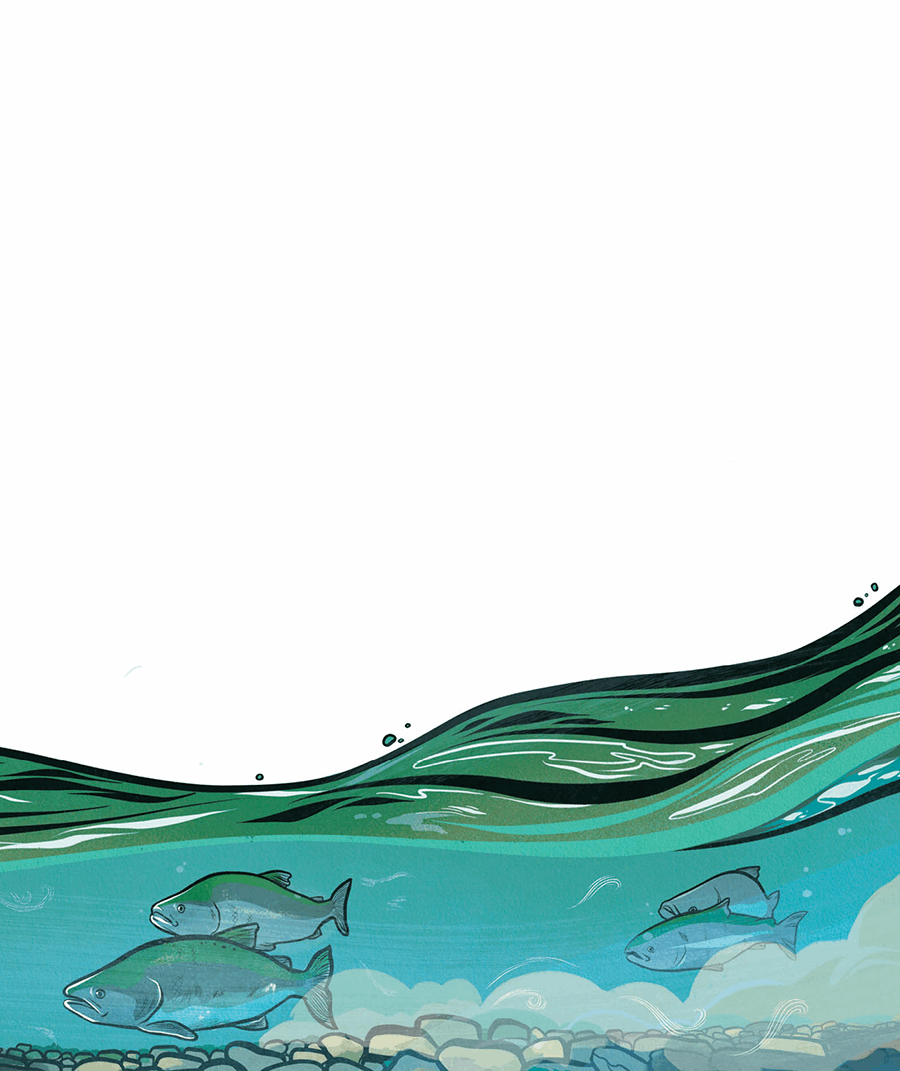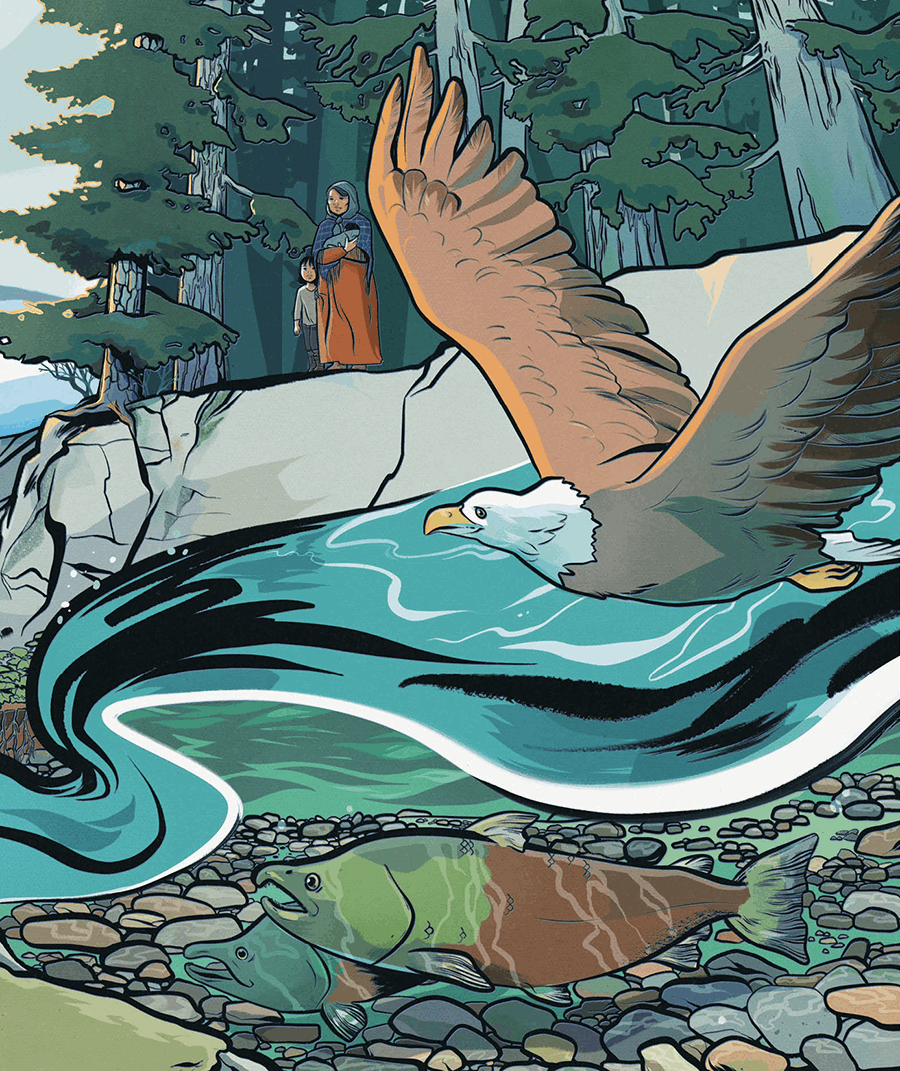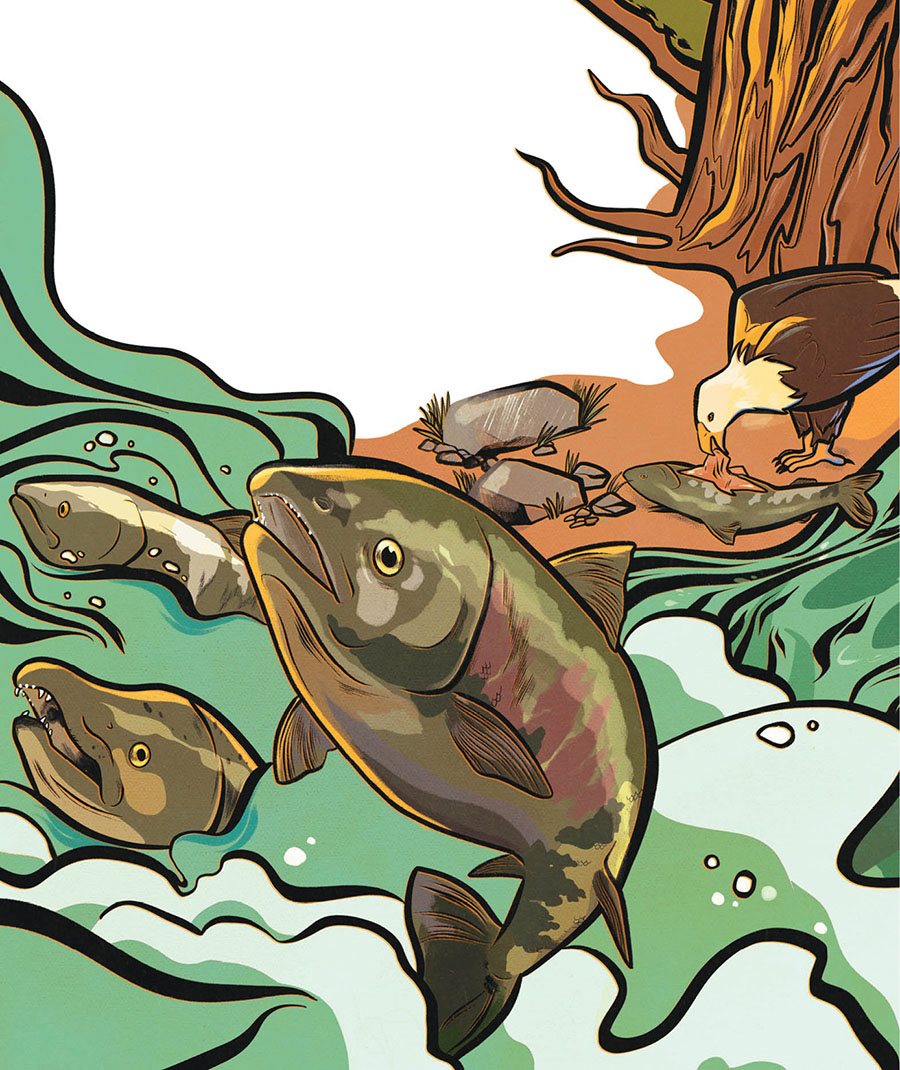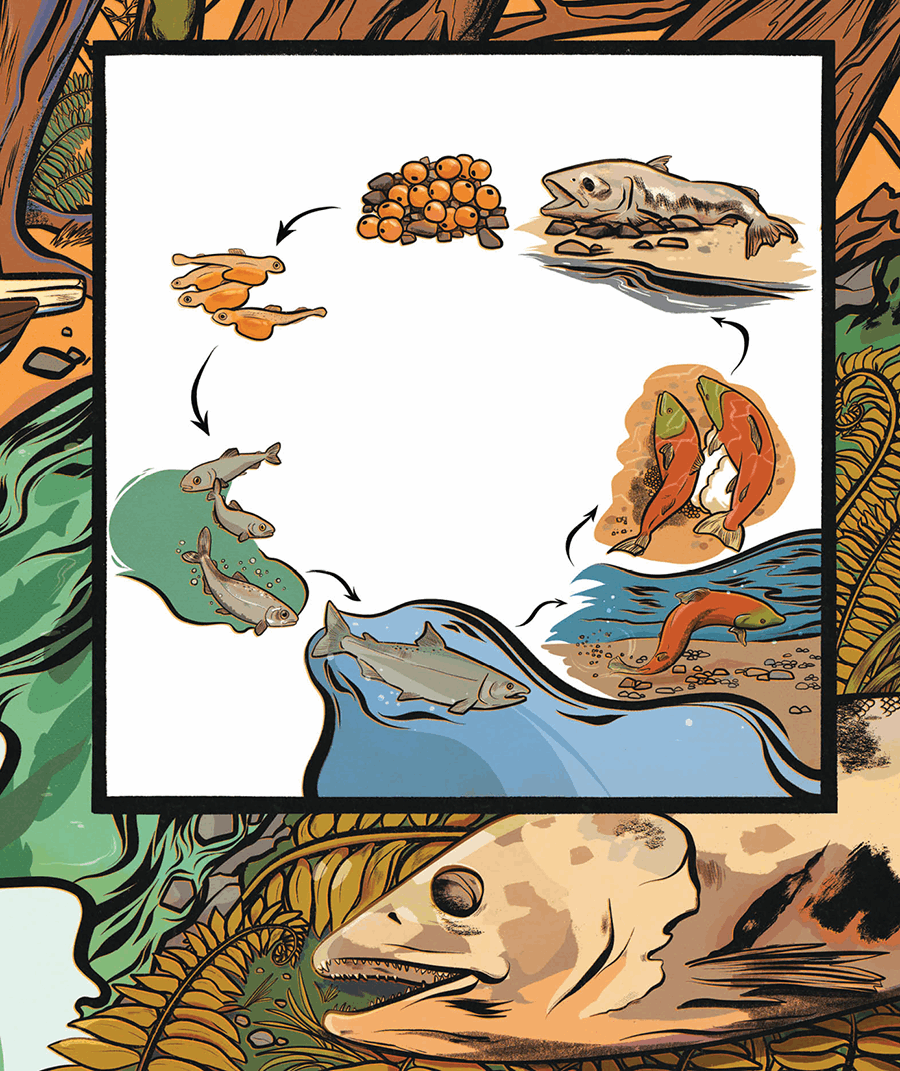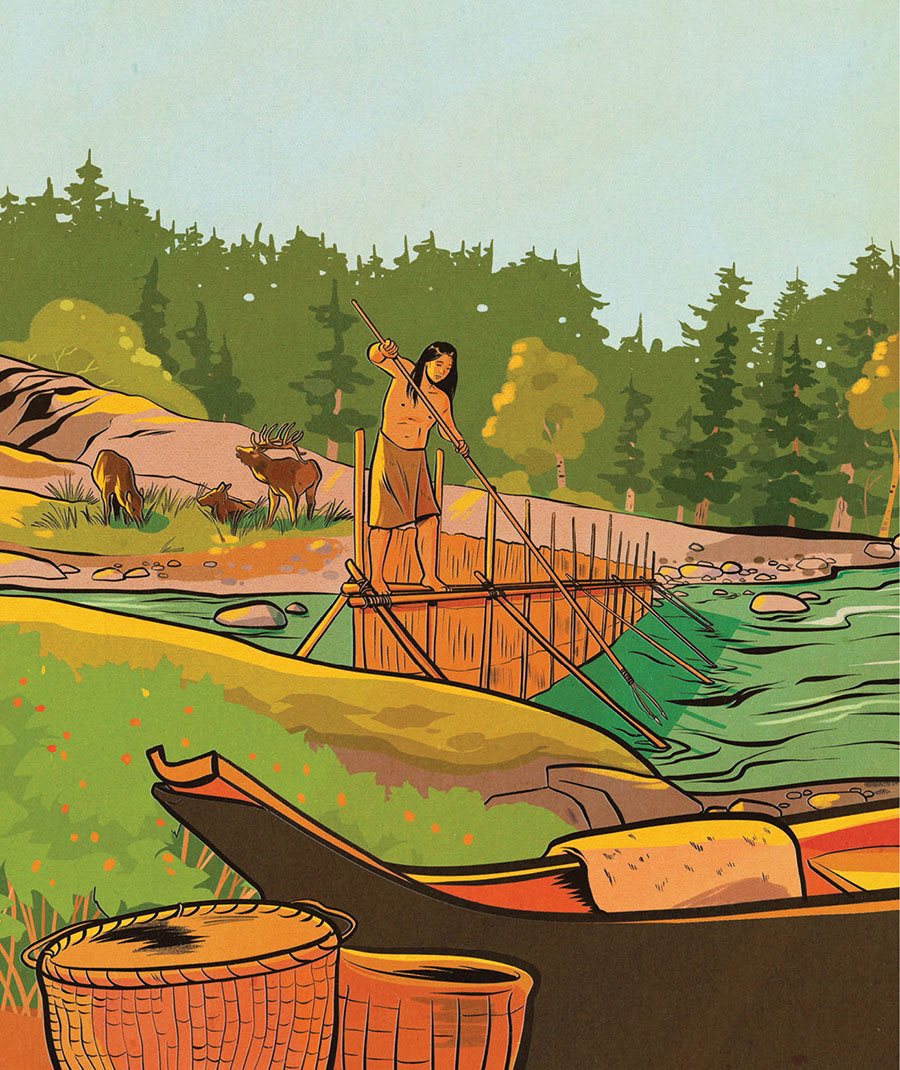1950 elhwa dam
2020 former site of elhwa dam
For Theo Claire, who found initial inspiration as a voice for our planet in a childrens book P.N. Text copyright 2023 by Patricia Newman Illustrations copyright 2023 by Natasha Donovan All rights reserved. International copyright secured. No part of this book may be reproduced, stored in a retrieval system, or transmitted in any form or by any meanselectronic, mechanical, photocopying, recording, or otherwisewithout the prior written permission of Lerner Publishing Group, Inc., except for the inclusion of brief quotations in an acknowledged review. Millbrook Press An imprint of Lerner Publishing Group, Inc. First Avenue North Minneapolis, MN 55401 USA For reading levels and more information, look up this title at www.lernerbooks.com.
Additional images by: Lady of the Mountain Breaks the Dam , by Roger Fernandes, courtesy of the Lower Elwha Klallam Tribe, p. 45; North Olympic Heritage, Bert Kellogg Photograph Collection, p. (both); Joel Rogers/Getty Images, p. (top right); Kate Benkert/USFWS, p. (top left); Olympic National Park, p. (bottom); endpaper maps courtesy of USGS. (bottom); endpaper maps courtesy of USGS.
Designed by Danielle Carnito. Main body text set in Buccardi Std. Typeface provided by Monotype Typography. The illustrations in the book were created with pencil, ink, and Procreate. Library of Congress Cataloging-in-Publication Data Names: Newman, Patricia, 1958 author. | Donovan, Natasha, illustrator.
Title: A rivers gifts : the mighty Elwha River reborn / Patricia Newman ; illustrated by Natasha Donovan. Description: Minneapolis : Millbrook Press, [2023] | Includes bibliographical references. | Audience: Ages | Audience: Grades | Summary: Theres more to a river than meets the eye. The story of the Elwha River in Washington State is one of both environmental harm and restoration involving advocacy, persistence, cooperation, and hope Provided by publisher. Identifiers: LCCN 2021056741 (print) | LCCN 2021056742 (ebook) | ISBN 9781541598706 (library binding) | ISBN 9781728462615 (ebook) Subjects: LCSH: Restoration ecologyWashington (State)Elwha River Juvenile literature. | Wildlife habitat improvementWashington (State)Elwha RiverJuvenile literature. | Natural historyWashington (State)Elwha RiverJuvenile literature. | Natural historyWashington (State)Elwha RiverJuvenile literature.
Classification: LCC QH105.W2 N49 2023 (print) | LCC QH105.W2 (ebook) | DDC 639.909797/99dc23/eng/20211122 LC record available at https://lccn.loc.gov/2021056741 LC ebook record available at https://lccn.loc.gov/2021056742 Manufactured in the United States of America 1-48056-48737-2/4/2022
Patricia Newman Illustrated by Natasha Donovan j Millbrook Press Minneapolis The Mighty Elwha River Reborn A R iver s G ifts
For thousands of years the roar and thunder of this river tumbled through steep canyons, carrying rocks, branches, gravel and winding a twisting path through the forest. Always, it flowed north to the sea sharing its gifts with animals, plants, and people who cared for it in return. Mountain snow melts. Plip... plop... plip.
The drops flow together as trickling streams, and then unite as one river.
Ice fields blanketed mountains and lowlands, and fed smaller glaciers that marched slowly forward, carving the narrow canyons and broad valleys where the Elwha River would soon flow. Millions of years ago, before Washington became a state, before humans walked the earth, before wooly mammoths roamed, powerful forces transformed rocks under the sea into mountains that touched the sky. Rocky, craggy, rough, and steep.
Headwaters where a river starts Riverbanks the land on either side of the river Mouth the rivers end, usually where it meets the ocean or a lake Tributaries rivers that feed into another river Channel the shape of the rivers path
Year after year, the mighty Elwha churned with salmon thrashing against the current, leaping up waterfalls. The rushing river called them home from the sea.
Bears, otters, and eagles caught some of them. The rest laid eggs in shallow riffles before dying. Their bodies enriched the soil that grew the forest that fed the mice, the deer, and the elk. In spring, millions of salmon eggs hatched. The young fish preyed on tiny insects in the river, and grew and grew, until the time came to swim for the sea. On their journey, some became meals for other fish and birds.
The river fed the salmon, and the salmon fed the river.
A Safe Place for Young Salmon Males and females die soon after spawning. Males compete to fertilize eggs. The female covers the eggs with small rocks. Adult females swim upstream to find good redd sites. They turn on their sides to dig with their tails.
Salmon spend up to seven years in the ocean. They follow scents, chemical clues, and even the sun to return to their home river to spawn (lay and fertilize eggs). When fry swim for the sea, they become silvery smolts with scales. They feed at the mouth of the river and adjust to saltwater life. Alevins become fry (juveniles) and stay in the river for up to a year.
When the Lower Elwha Klallam Tribe arrived, the salmon fed them too.
When the Lower Elwha Klallam Tribe arrived, the salmon fed them too.
They call themselves the Strong People, and the river flows in their blood. The Strong People caught salmon in traps along the river, grateful for the abundance, taking only what they needed, and allowing others to escape upstream to spawn.

